Mural graffiti, a vibrant and dynamic form of street art, combines the raw, expressive power of graffiti with the large-scale, visual storytelling of murals. Originating as an underground movement, mural graffiti has transcended its rebellious roots to become a celebrated medium of public art, offering artists a vast canvas to showcase their creativity and engage directly with the community.
These artworks are often characterized by their bold colors, intricate designs, and diverse themes, ranging from social and political commentary to abstract and fantastical imagery. Artists use a variety of techniques, including spray paint, stencils, and brushwork, to create pieces that can transform bland urban landscapes into lively, thought-provoking environments.
Mural graffiti is typically found on city walls, buildings, and other public surfaces, making art accessible to a wide audience beyond the confines of traditional galleries. This form of art not only beautifies public spaces but also stimulates conversation, challenges societal norms, and reflects the cultural identity and issues of the community.
Collaborations between artists, local governments, and organizations have led to the commissioning of mural graffiti projects worldwide, recognizing their potential to foster community pride, tourism, and economic development. Despite occasional controversies surrounding legality and censorship, mural graffiti continues to evolve as a respected and influential art form, marking its territory in the annals of contemporary culture.
The picture from above was taken at BGC (Bonifacio Global City), Taguig, Manila, showcasing the area’s commitment to transforming urban spaces into canvases for artistic expression and cultural dialogue.
Top of Form

